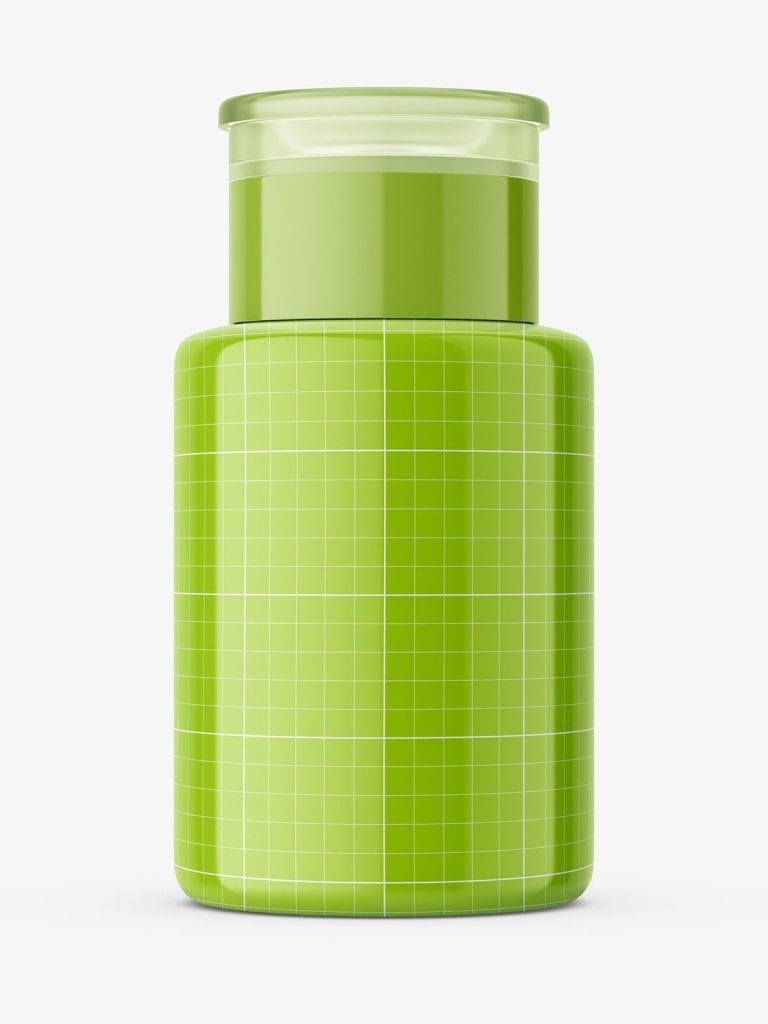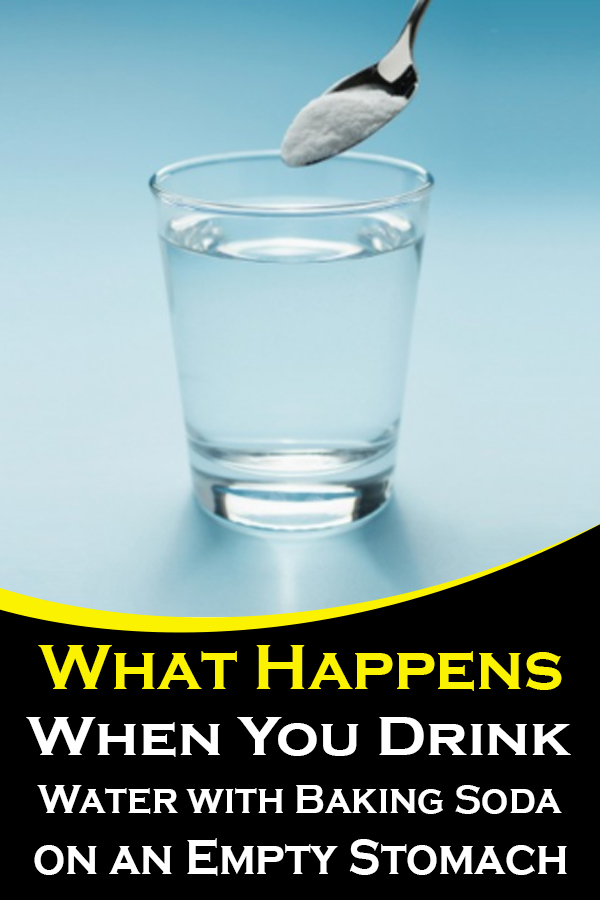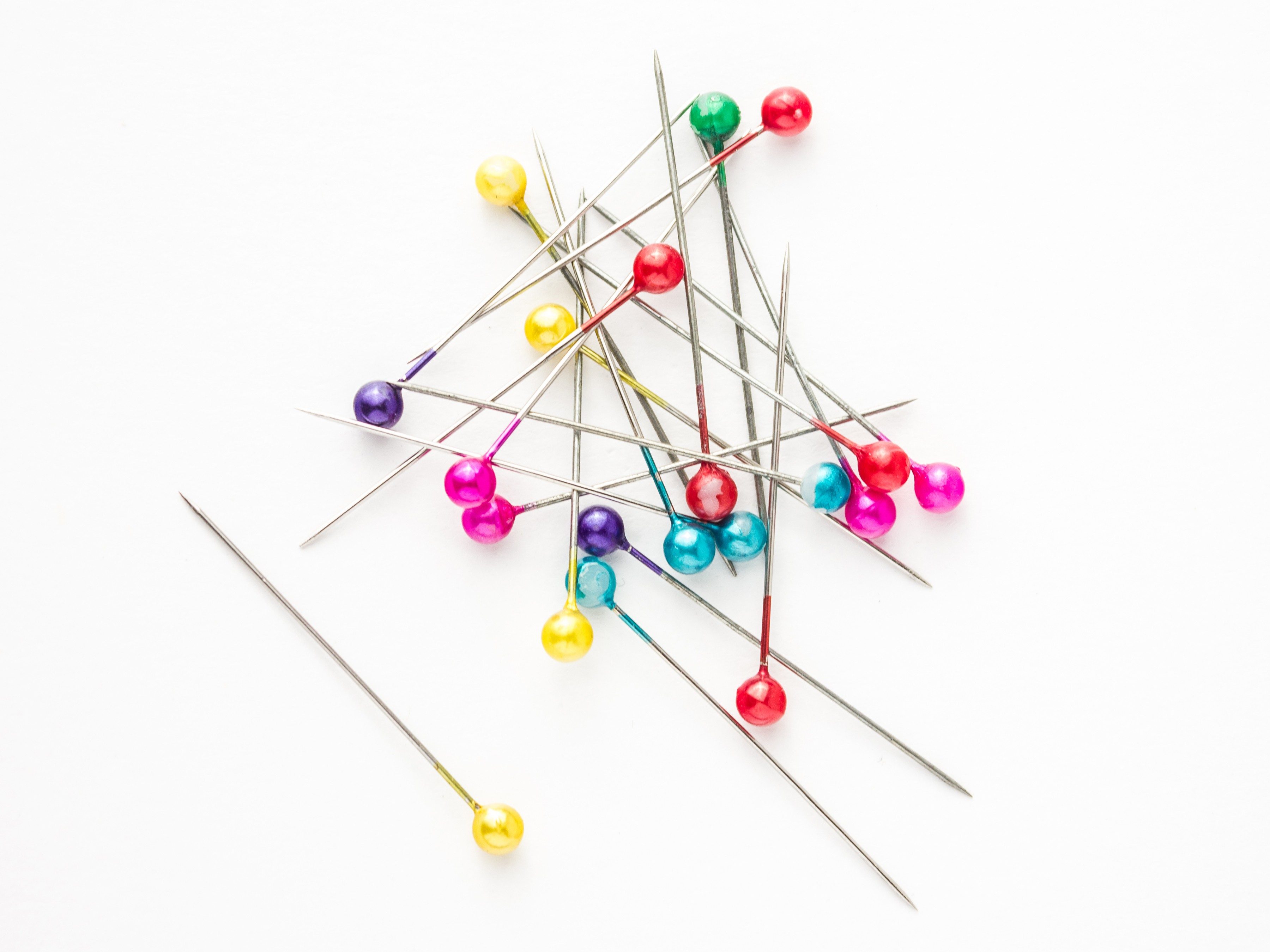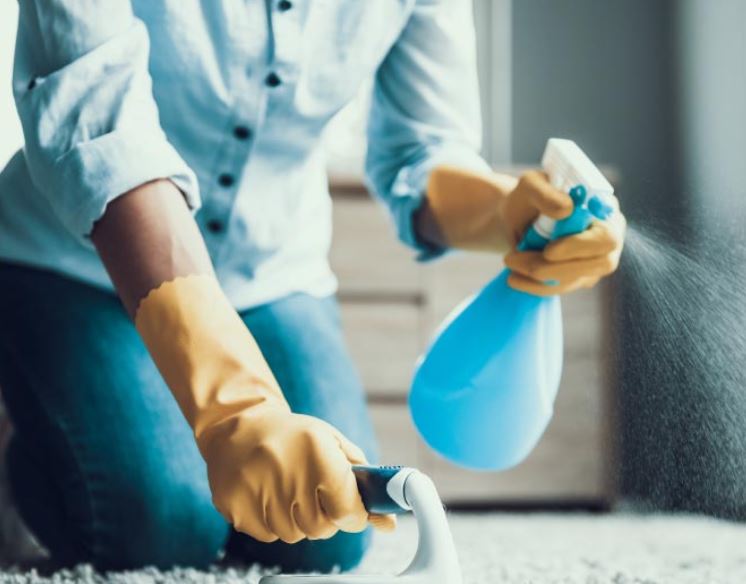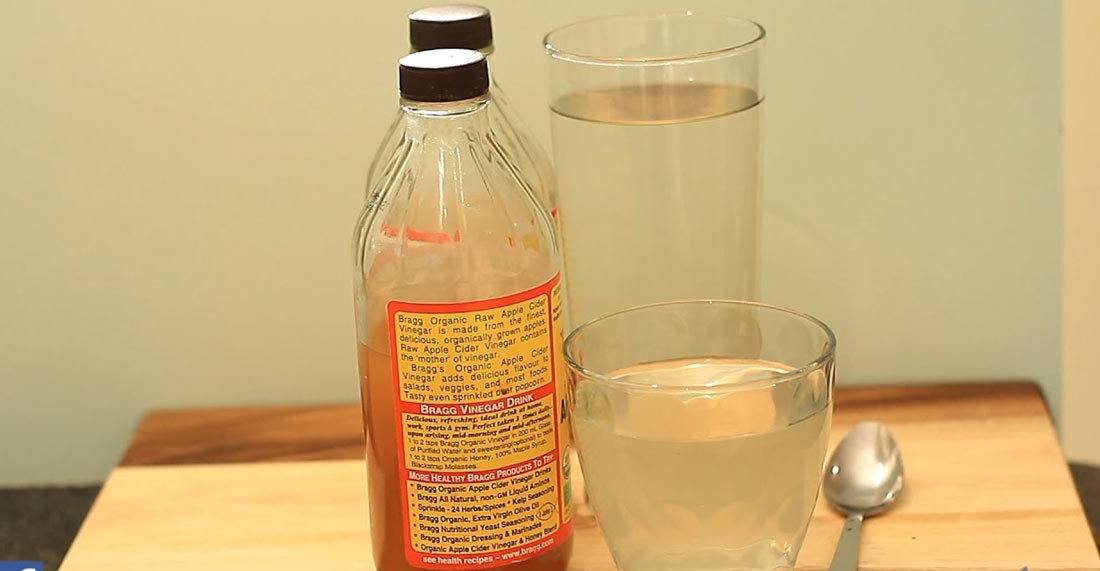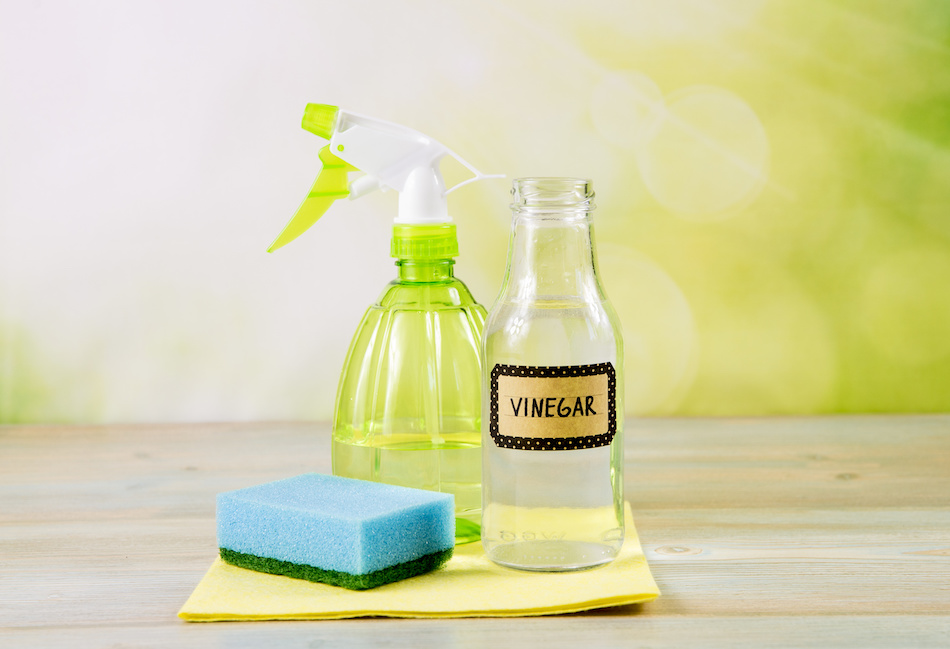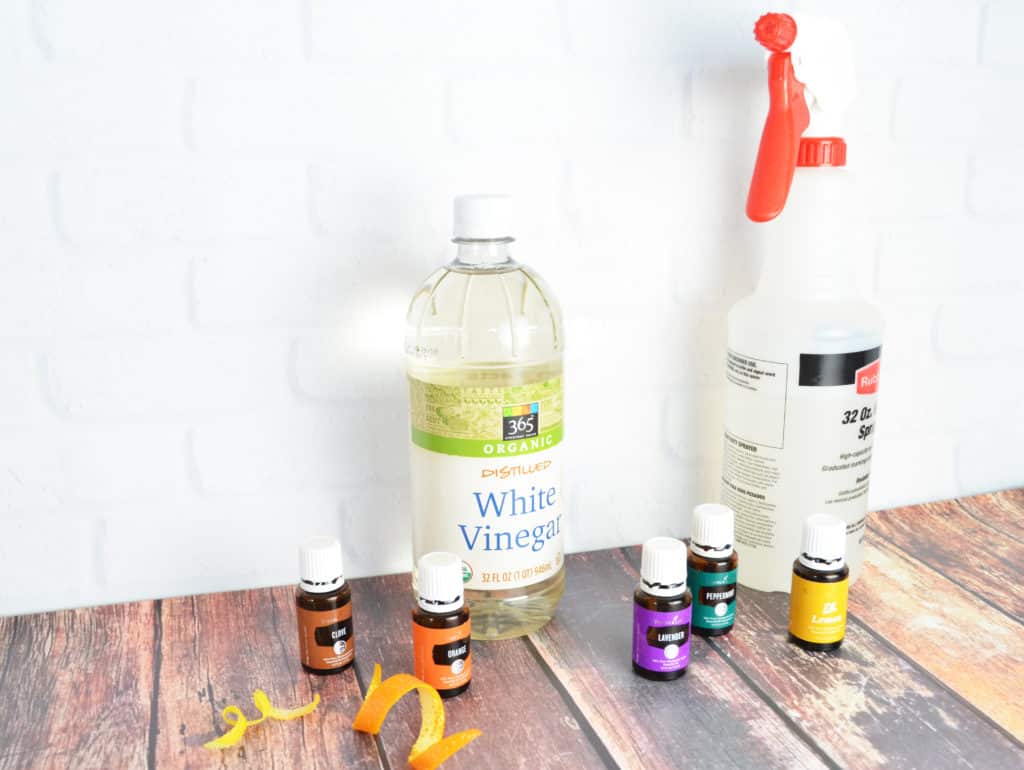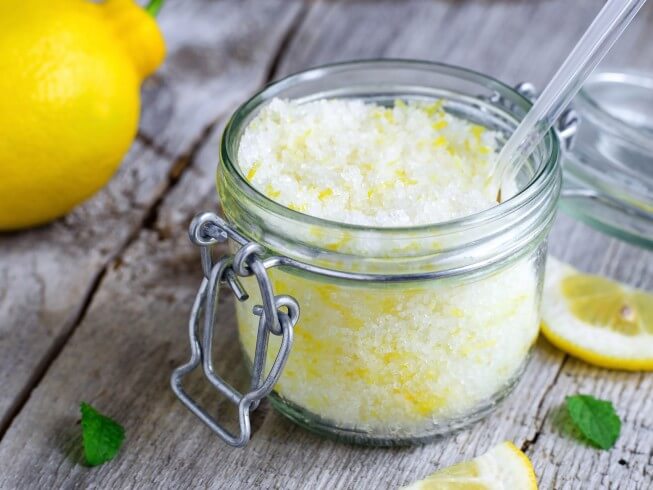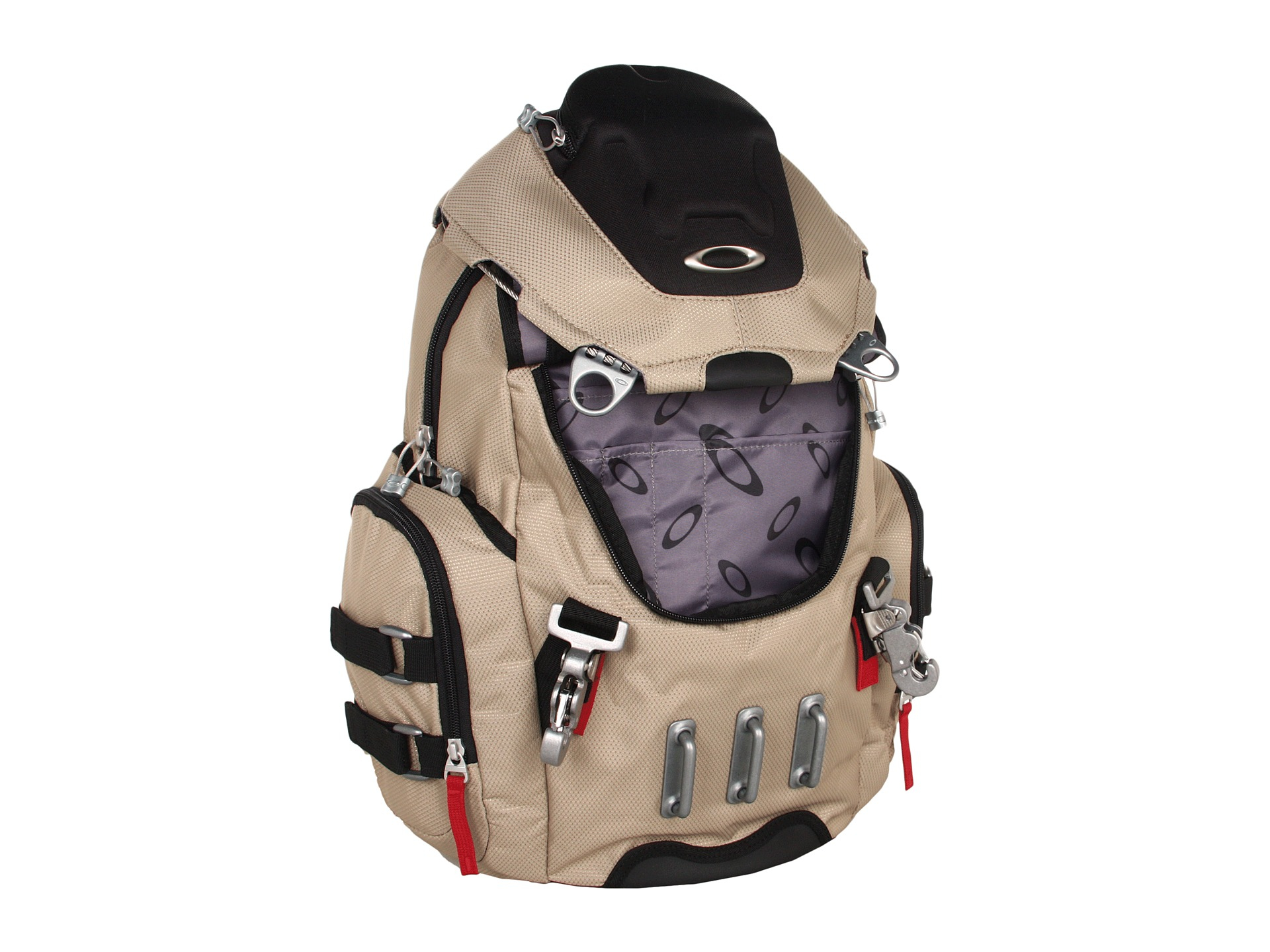If you've ever accidentally left a Sharpie uncapped on your kitchen table, you know the panic that sets in when you realize it has left a permanent mark. But don't worry, there are plenty of ways to remove Sharpie stains from your table. One effective method is to use rubbing alcohol. To remove Sharpie stains with rubbing alcohol, simply soak a cotton ball or cloth with the alcohol and gently dab at the stain. You may need to repeat this process a few times, but the alcohol should eventually break down the ink and lift it from the surface of your table. Pro tip: If you don't have rubbing alcohol on hand, you can also use hand sanitizer or nail polish remover containing acetone. Just be sure to test a small, inconspicuous area first to make sure it doesn't damage your table's finish.1. Use rubbing alcohol
If you don't have rubbing alcohol, another household item that can be effective in removing Sharpie stains is nail polish remover. Just like with the rubbing alcohol, you'll want to soak a cotton ball or cloth with the nail polish remover and gently dab at the stain. Again, be sure to test a small area first to make sure it doesn't damage your table. Pro tip: If you're using nail polish remover, be sure to choose one that contains acetone, as this is the ingredient that helps break down the ink in the Sharpie stain.2. Try using nail polish remover
If you're looking for a gentle yet effective option for removing Sharpie stains from your kitchen table, consider using a magic eraser. These nifty little sponges are specially designed to remove tough stains without the need for harsh chemicals. To use a magic eraser, simply wet it with water and gently rub it over the Sharpie stain on your table. The eraser should easily lift the ink without damaging the surface of your table. Pro tip: Magic erasers can also be used to remove other types of stains from your table, making them a versatile cleaning tool to have on hand.3. Use a magic eraser
If you don't have a magic eraser, a simple white eraser can also be effective in removing Sharpie stains from your table. These erasers are designed to be gentle on surfaces and won't scratch or damage your table's finish. To use a white eraser, simply rub it over the Sharpie stain on your table. You may need to apply a bit of pressure and rub the eraser back and forth to fully remove the stain. Pro tip: If you're using a white eraser, be sure to use a clean one or cut off the dirty portion before using it on your table to avoid transferring any dirt or grime onto your table's surface.4. Try using a white eraser
Baking soda is known for its cleaning properties, making it a great option for removing Sharpie stains from your kitchen table. To use this method, mix equal parts baking soda and water to create a paste. Apply the paste to the Sharpie stain and let it sit for a few minutes before gently scrubbing it with a soft cloth or sponge. The baking soda should help to lift the ink from the surface of your table. Pro tip: This method can also be used to remove other types of stains and marks from your table, making it a handy cleaning hack to have in your arsenal.5. Use a mixture of baking soda and water
If you're dealing with a smaller Sharpie stain on your kitchen table, a pencil eraser can be a quick and easy solution. Simply rub the eraser over the stain, using a bit of pressure to help lift the ink. Pro tip: This method may not work as well for larger Sharpie stains, but it's worth a try for smaller marks.6. Try using a pencil eraser
Vinegar is another household staple that can be useful in removing Sharpie stains from your kitchen table. Mix equal parts vinegar and water and apply the solution to the stain with a cloth or sponge. Let the solution sit for a few minutes before wiping it away with a clean cloth. The acidity of the vinegar should help to break down the ink and remove it from your table's surface. Pro tip: You can also use this mixture as an all-purpose cleaner for your kitchen table, as vinegar is known for its disinfecting properties.7. Use a mixture of vinegar and water
Similar to the baking soda and water paste, a mixture of toothpaste and baking soda can also be effective in removing Sharpie stains. Combine equal parts toothpaste and baking soda to create a paste, then apply it to the stain. Gently scrub the paste into the Sharpie stain using a soft cloth or sponge, then wipe away with a clean cloth. The abrasive texture of the mixture should help to lift the ink from the surface of your table. Pro tip: This method can also be used to remove other types of stains and marks from your table.8. Try using a mixture of toothpaste and baking soda
Dish soap is another household item that can be effective in removing Sharpie stains from your kitchen table. Mix a small amount of dish soap with water and apply it to the stain with a cloth or sponge. Gently scrub the solution over the stain, then wipe it away with a clean cloth. The dish soap should help to break down the ink and remove it from your table's surface. Pro tip: This solution can also be used as a general cleaner for your kitchen table.9. Use a mixture of dish soap and water
If you're dealing with a particularly stubborn Sharpie stain on your kitchen table, a mixture of lemon juice and salt may do the trick. Mix equal parts lemon juice and salt to create a paste, then apply it to the stain. Let the paste sit on the stain for a few minutes before gently scrubbing it with a soft cloth or sponge. The acidity of the lemon juice and the abrasiveness of the salt should help to lift the ink from the surface of your table. Pro tip: This method should only be used on light-colored tables, as the lemon juice and salt may cause discoloration on darker surfaces. With these 10 methods, you should be able to remove Sharpie stains from your kitchen table in no time. Just remember to always test a small, inconspicuous area first before trying any of these methods on your entire table. And if all else fails, you can always cover the stain with a tablecloth or placemat to hide it until you're able to find a more permanent solution.10. Try using a mixture of lemon juice and salt
The Importance of a Well-Designed Kitchen Table
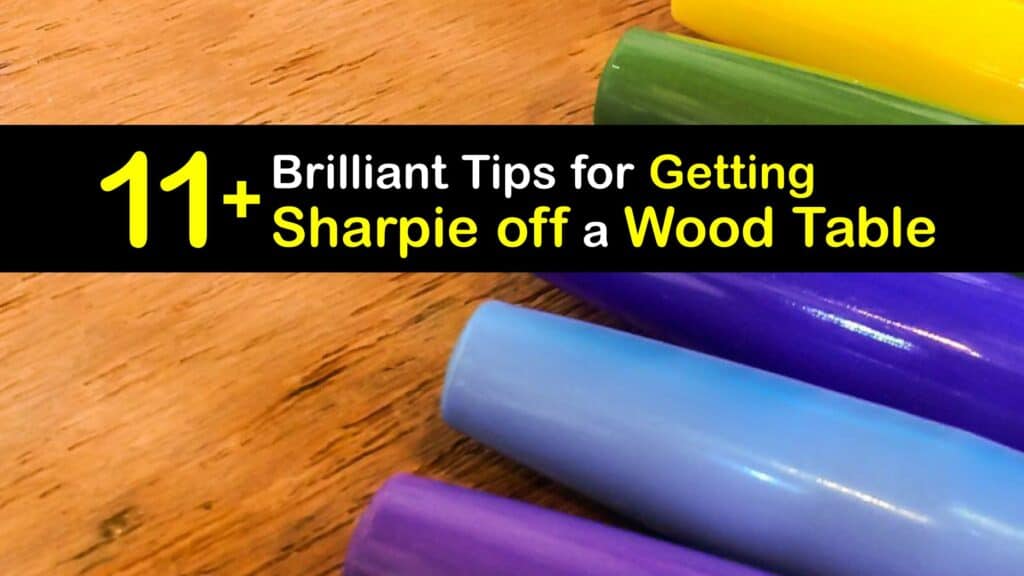
The Sharpie Solution: How to Remove Permanent Marker Stains
 The kitchen table is often the heart of a home, where meals are shared, conversations are had, and memories are made. As such, it is important to have a kitchen table that not only fits your personal style, but also functions well for your everyday needs. However, even the most well-designed tables can fall victim to accidents and mishaps. One such common issue is permanent marker stains. Whether it's from a child's art project gone awry or a busy adult's absent-minded moment, a permanent marker stain can be a frustrating eyesore on an otherwise beautiful kitchen table. But fear not, there is a simple solution to remove those pesky stains and restore your kitchen table to its former glory.
Using Rubbing Alcohol to Remove Permanent Marker Stains
When it comes to removing permanent marker stains, rubbing alcohol is your best friend. This household staple is a powerful solvent that can break down and remove the ink from your kitchen table. To begin, gather some cotton balls or a clean cloth and a bottle of rubbing alcohol.
Gently dab the stain with the rubbing alcohol, being careful not to rub too hard and spread the stain further.
The alcohol will start to dissolve the ink and you will see it transfer onto the cotton ball or cloth. Continue to dab until the stain is completely gone. Remember to use a fresh cotton ball or cloth as needed to avoid reapplying the ink onto your table. Once the stain is gone, use a damp cloth to wipe away any remaining alcohol residue.
Alternative Solutions
If you do not have rubbing alcohol on hand, there are other household items that can help remove permanent marker stains.
Hairspray, hand sanitizer, and even white vinegar can also be effective in breaking down the ink.
Simply apply the product to the stain and follow the same process as you would with rubbing alcohol. It may take a little longer, but with persistence, you can still achieve a stain-free kitchen table.
Preventative Measures
Of course, prevention is always better than a cure. To avoid future permanent marker mishaps, consider investing in a tablecloth or placemats to protect your kitchen table. You can also
use a clear adhesive film to cover the surface of your table, making it easier to clean up any accidental markings.
Additionally, keep a designated area for art projects and set clear rules about using permanent markers on the kitchen table.
In conclusion, a well-designed kitchen table is not only aesthetically pleasing, but also functional in daily use. However, accidents do happen and permanent marker stains can be a common occurrence. With the simple solution of rubbing alcohol, or alternative household products, these stains can be easily removed. Taking preventative measures can also help protect your kitchen table from future mishaps. So don't let a permanent marker stain ruin the beauty of your kitchen table, use these tips to keep it looking its best.
The kitchen table is often the heart of a home, where meals are shared, conversations are had, and memories are made. As such, it is important to have a kitchen table that not only fits your personal style, but also functions well for your everyday needs. However, even the most well-designed tables can fall victim to accidents and mishaps. One such common issue is permanent marker stains. Whether it's from a child's art project gone awry or a busy adult's absent-minded moment, a permanent marker stain can be a frustrating eyesore on an otherwise beautiful kitchen table. But fear not, there is a simple solution to remove those pesky stains and restore your kitchen table to its former glory.
Using Rubbing Alcohol to Remove Permanent Marker Stains
When it comes to removing permanent marker stains, rubbing alcohol is your best friend. This household staple is a powerful solvent that can break down and remove the ink from your kitchen table. To begin, gather some cotton balls or a clean cloth and a bottle of rubbing alcohol.
Gently dab the stain with the rubbing alcohol, being careful not to rub too hard and spread the stain further.
The alcohol will start to dissolve the ink and you will see it transfer onto the cotton ball or cloth. Continue to dab until the stain is completely gone. Remember to use a fresh cotton ball or cloth as needed to avoid reapplying the ink onto your table. Once the stain is gone, use a damp cloth to wipe away any remaining alcohol residue.
Alternative Solutions
If you do not have rubbing alcohol on hand, there are other household items that can help remove permanent marker stains.
Hairspray, hand sanitizer, and even white vinegar can also be effective in breaking down the ink.
Simply apply the product to the stain and follow the same process as you would with rubbing alcohol. It may take a little longer, but with persistence, you can still achieve a stain-free kitchen table.
Preventative Measures
Of course, prevention is always better than a cure. To avoid future permanent marker mishaps, consider investing in a tablecloth or placemats to protect your kitchen table. You can also
use a clear adhesive film to cover the surface of your table, making it easier to clean up any accidental markings.
Additionally, keep a designated area for art projects and set clear rules about using permanent markers on the kitchen table.
In conclusion, a well-designed kitchen table is not only aesthetically pleasing, but also functional in daily use. However, accidents do happen and permanent marker stains can be a common occurrence. With the simple solution of rubbing alcohol, or alternative household products, these stains can be easily removed. Taking preventative measures can also help protect your kitchen table from future mishaps. So don't let a permanent marker stain ruin the beauty of your kitchen table, use these tips to keep it looking its best.















